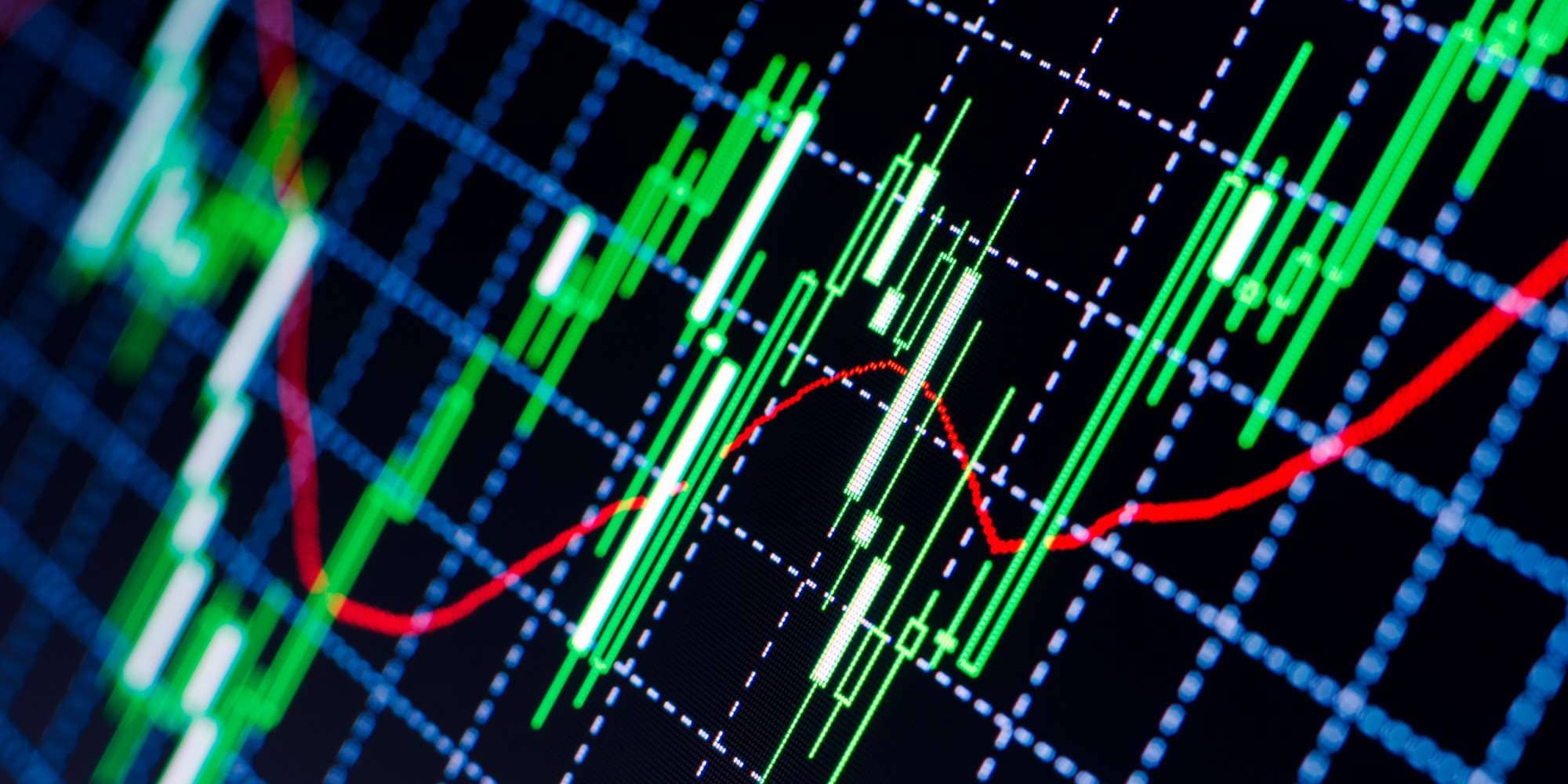Content
- Difference Between Fundamental Analysis vs Technical Analysis
- Fundamental vs. Technical Analysis Infographics
- Technical Analysis: How Stock Charts Send Signals
- Underestimation of other factors
- Bottom up fundamental analysis
- What is a stock exchange? You’ve got questions – we’ve got answers
- Using fundamental and technical analysis together
- How to use fundamental analysis in forex?
77% of retail investor accounts lose money when spread betting and/or trading CFDs with this provider. You should consider whether you understand how spread bets and CFDs work and whether you can afford to take the high risk of losing your money. However, just like weather forecasts are not to be taken as 100% accurate, market forecasts based on technical analysis should also be considered merely speculations, which may or may not come to fruition. Note that technical analysis helps you find valuable insights regarding where to enter and exit a trade and where to place a stop loss. Fundamental analysis looks at previous as well as present data, whereas technical analysis looks only at previous data.


Investors use techniques of fundamental analysis or technical analysis to make stock trading decisions. The time difference between the two analyzes is obvious not only from their point of view but also from the purposes where the technical analysis is about trading and the fundamental one is about investment. Investors tend to base their buying and selling decisions on fundamental analysis, while traders rely on technical analysis to profit in the short term. It is a method that is often used by traders and investors to make decisions about when to buy or sell a security based on price movements in the market.
Difference Between Fundamental Analysis vs Technical Analysis
The material is for general information purposes only, and does not take into account your personal circumstances or objectives. Nothing in this material is financial, investment or other advice on which reliance should be placed. No opinion given in the material constitutes a recommendation by CMC Markets or the author that any particular investment, security, transaction or investment strategy is suitable for any specific person. As ever there is no silver bullet that will ensure we are right all the time.
- Culture & CareersAttracting and retaining skilled, passionate people in the investment management field is the key to our success.
- Depending on the approach, they either initially analyze the overall state of the economy and then define the assets, or focus on each company’s financial performance first.
- You can also develop your forex trading strategies using resources like IG’s Trading Academy.
- Decide on your own if the Gazprom PAO share price drop is the ex-dividend or just a coincidence.
- This article will help you keep an eye on the metrics that matter.
- All communication in corporate governance reports should be clear and transparent to make it easily understandable for all shareholders.
- Both methods are used for evaluating the stock and predicting future stock prices.
“Efficient Market Hypothesis ” is a theory that states that stock prices are determined based on current data and current information about the stock price rather than the past performance of the data. Thus the current stock price is an accurate reflection of the value of the stock. EMH also states that the past data can not be used to generate the return from the stocks. Fundamental analysis is used to predict how supply and demand will affect the price of specific commodities.
Fundamental vs. Technical Analysis Infographics
The arithmetic average of total assets a company holds analyses how much returns a company is producing on the total investment made. Day TradersThe day trader is an individual who trades in the financial markets daily to earn profits by exploiting the inefficiencies present in the market. The three types of traders are – individual traders, financial institution traders, scalpers and momentum traders.
Typically, novice traders tend to use fundamental analysis as it requires fewer technicalities, while technical analysis is popular among professionals with years of experience. Technical analysis can be used to find favorable entry levels for growth stocks that are in an uptrend. Companies that have high growth rates and trade on high valuations often experience large corrections. In such cases, technical analysis can be used to identify oversold levels.
Technical Analysis: How Stock Charts Send Signals
Although the case is mainly in the trader, who did not take into account any factors. An investor who follows the top-down approach starts the analysis with the consideration of the health of the overall economy. Some of the key fundamental data commonly referred to by traders include trade balance data, microeconomic factors, GDP data, annual reports, current economic well being and employment data. The disadvantages of fundamental analysis are that it might take longer to make a decision because if you want to find out all the latest information on an asset then you’ll need plenty of time and resources. Another disadvantage is that this kind of research does not always take into account how market sentiment can affect prices which means there could be profit opportunities missed. A top-down approach to fundamental analysis starts from the economy’s overall strength, mainly looking at macroeconomic factors like interest rates, GDP levels, or inflation rates.
Fundamental analysis is not impacted by external news, whereas technical analysis gets impacted by external news. Select those tools that fit your trading requirements and strategies. Factors affecting it are not considered, like in fundamental analysis. Boston Common Asset Management is a diverse, women-led, sustainable investor and innovator dedicated to the pursuit of financial return and social change. An active, global equity ESG investment manager and a leader in impactful shareowner engagement since its founding in 2003, BCAM is majority women- and employee-owned. Investopedia requires writers to use primary sources to support their work.
Underestimation of other factors
Let us take a deeper dive into the details of how these two approaches differ, the criticism against technical analysis, and how technical and fundamental analyses can be used together. B) In order to compare and contrast efficient market hypothesis with fundamental and technical analysis, it is noted that under fundamental and technical analysis, past data is used in finding the intrinsic value of the stock. Efficient Market Hypothesis however disregards the past, as it states that all past information is already priced in to the stock. Under, fundamental analysis, analysts try to determine the true value of the stock by studying the financial data of the company. This may result in a valuation that is greater or less than the actual stock price. If the true stock price is equal in value to that of the expected valuation Efficient Market Hypothesis gives a similar result as that of fundamental analysis.


Technical analysis does not consider the underlying business, or the economics that affect the value of a company. Fundamental and technical analysis are two major schools of thought when it comes to approaching the difference between fundamental and technical analysis markets, yet are at opposite ends of the spectrum. Investors and traders use both to research and forecast future stock prices. Like any investment strategy or philosophy, both have advocates and adversaries.
Bottom up fundamental analysis
Trend followers use other tools to identify price trends and measure momentum. Technical analysisdiffers from fundamental analysis, in that traders attempt to identify opportunities by looking at statistical trends, such as movements in a stock’s price and volume. The core assumption is that all known fundamentals are factored into price, thus there is no need to pay close attention to them. Technical analysts do not attempt to measure a security’s intrinsic value. Instead, they use stock charts to identify patterns and trends that suggest what a stock will do in the future. To do fundamental analysis, the first step of determining whether assets are under or overvalued is similar to research – investors search for all available information and conclude which could further affect the price.
What is a stock exchange? You’ve got questions – we’ve got answers
Investors assessing stocks typically take a bottom-up approach, doing in-depth research of their financials, such as annual or quarterly reports. An analyst creates a basis of the most relevant information to determine the estimated fair value of https://xcritical.com/ a company’s share price based on all relevant fundamental factors. The end value is an estimate, an educated opinion, that an investor or analyst thinks it is worth. There are a few places where technical and fundamental factors cross paths.
